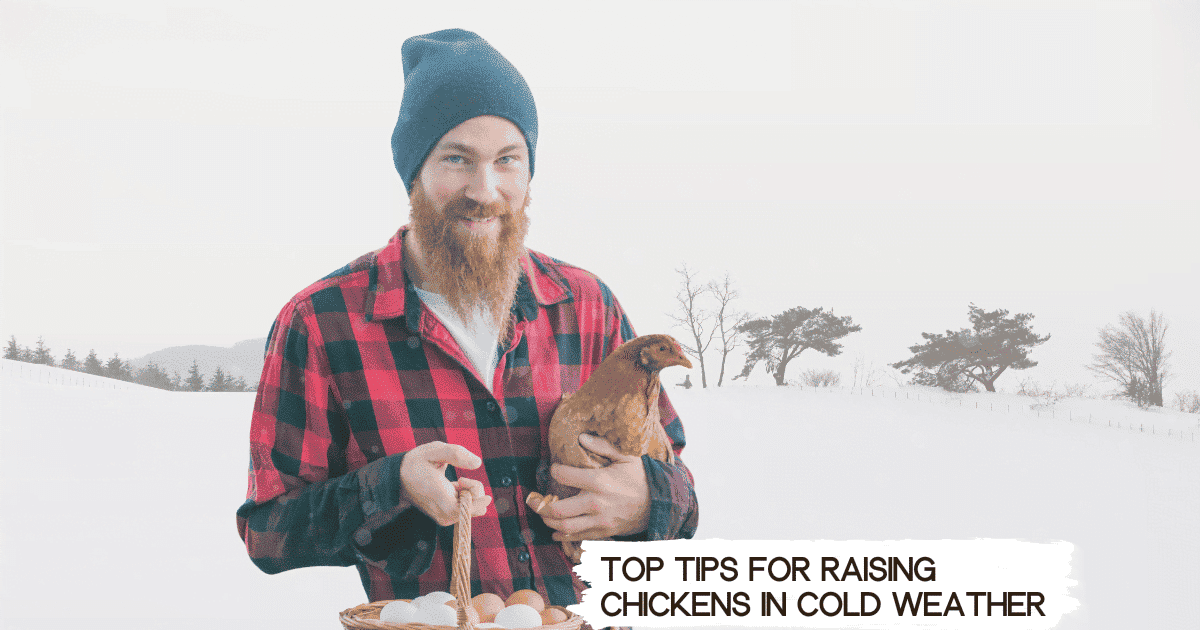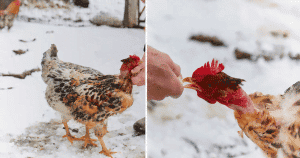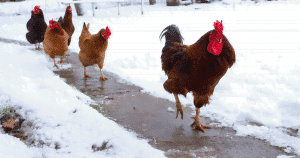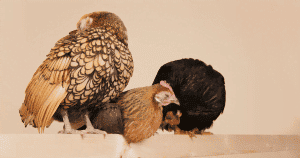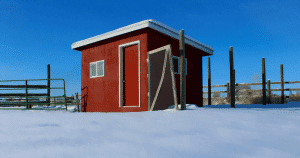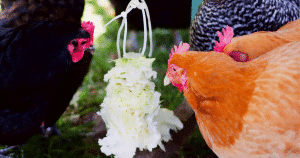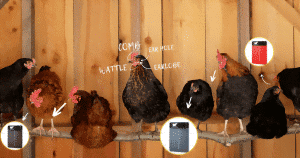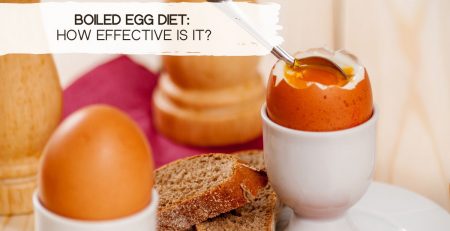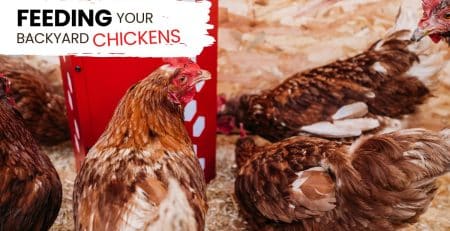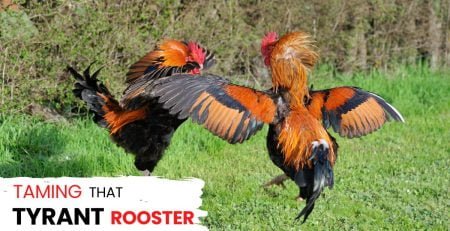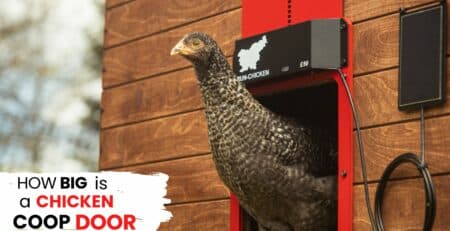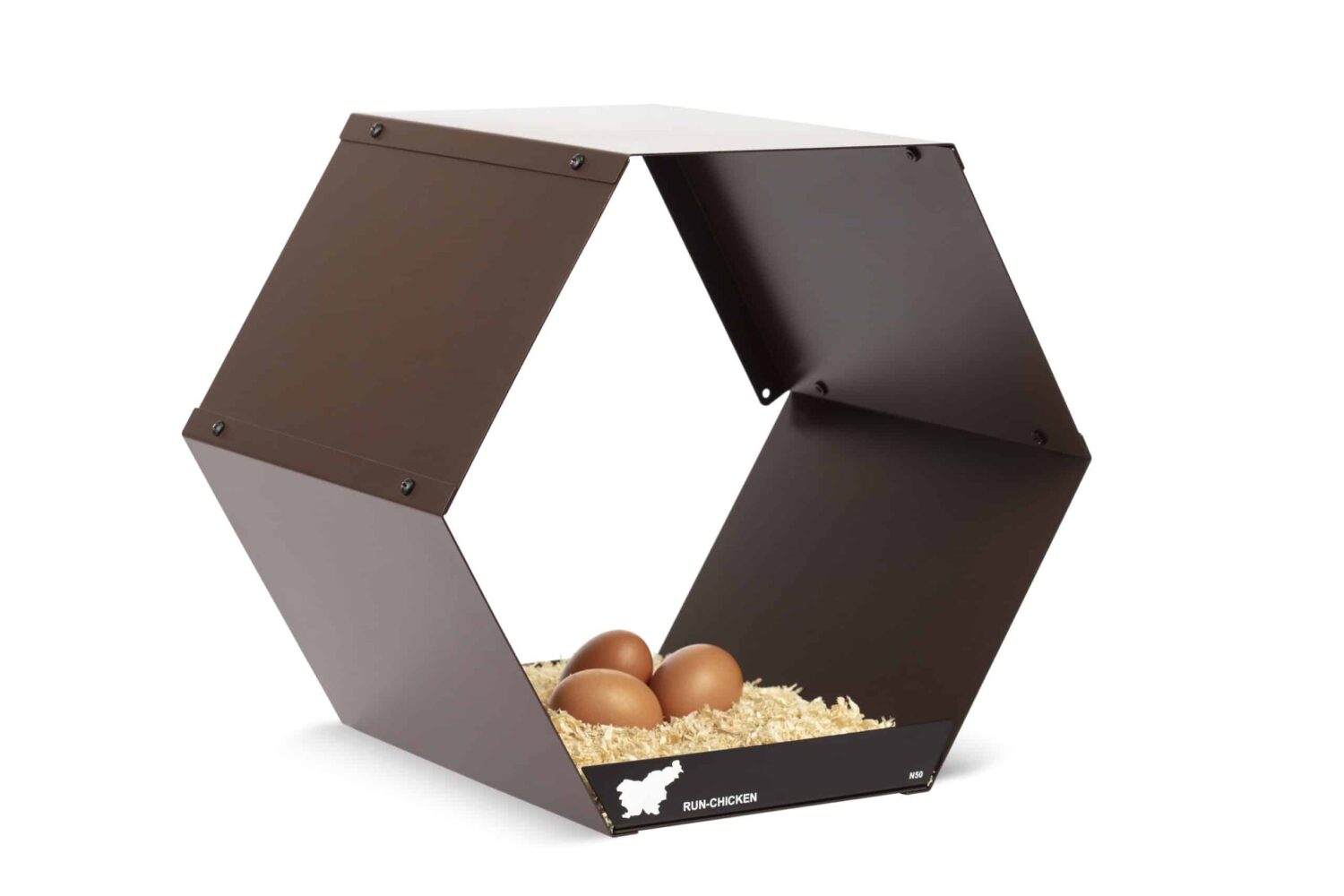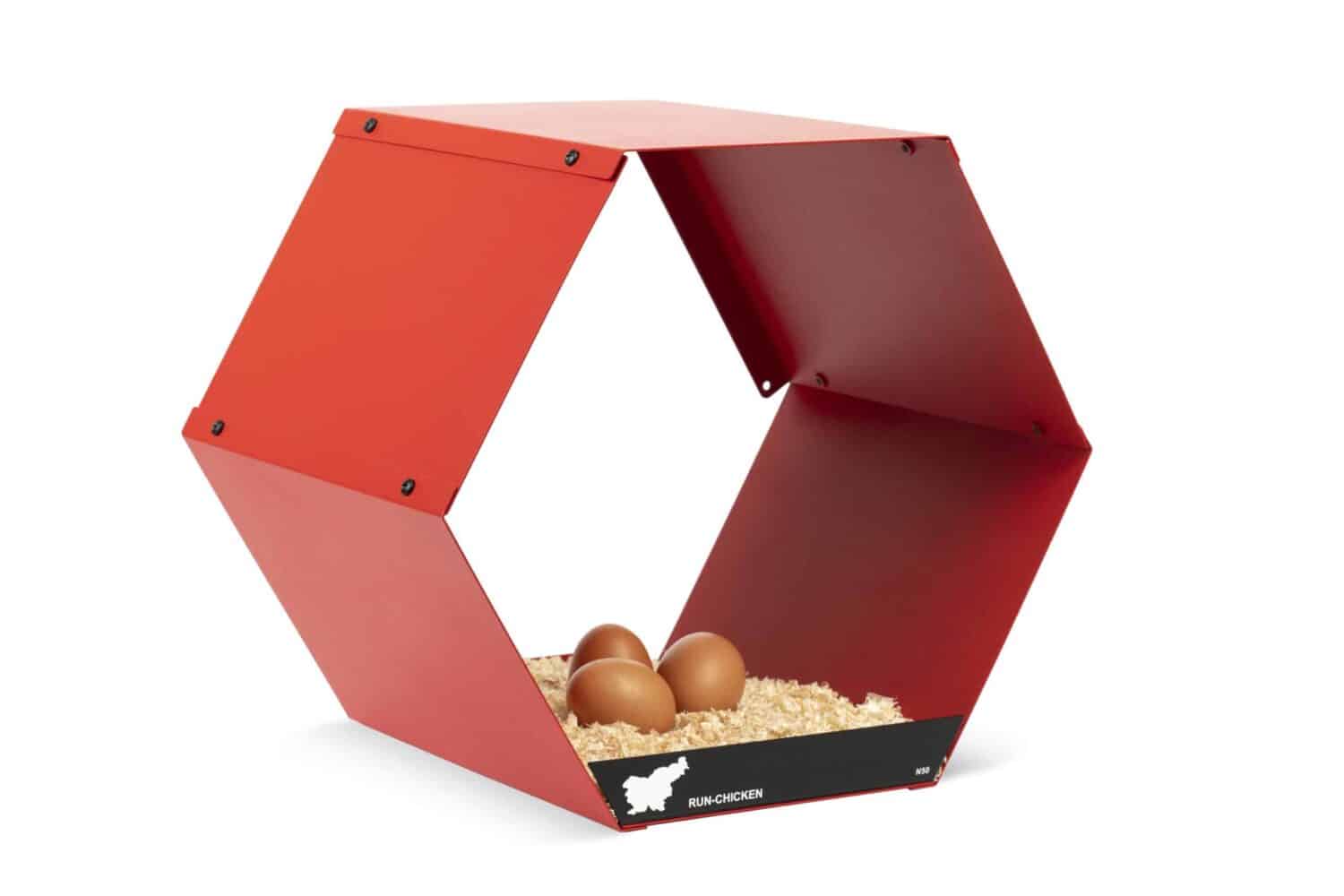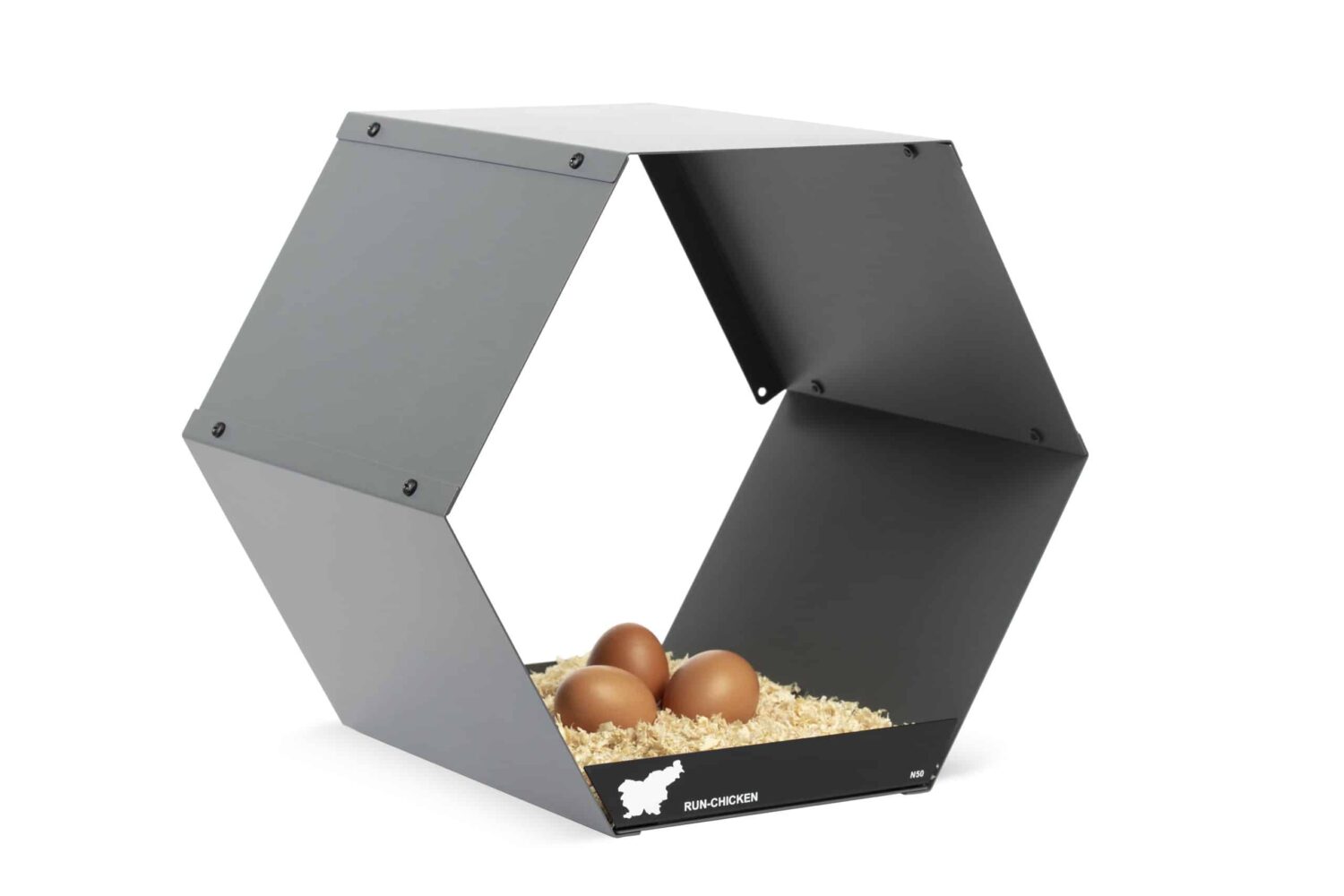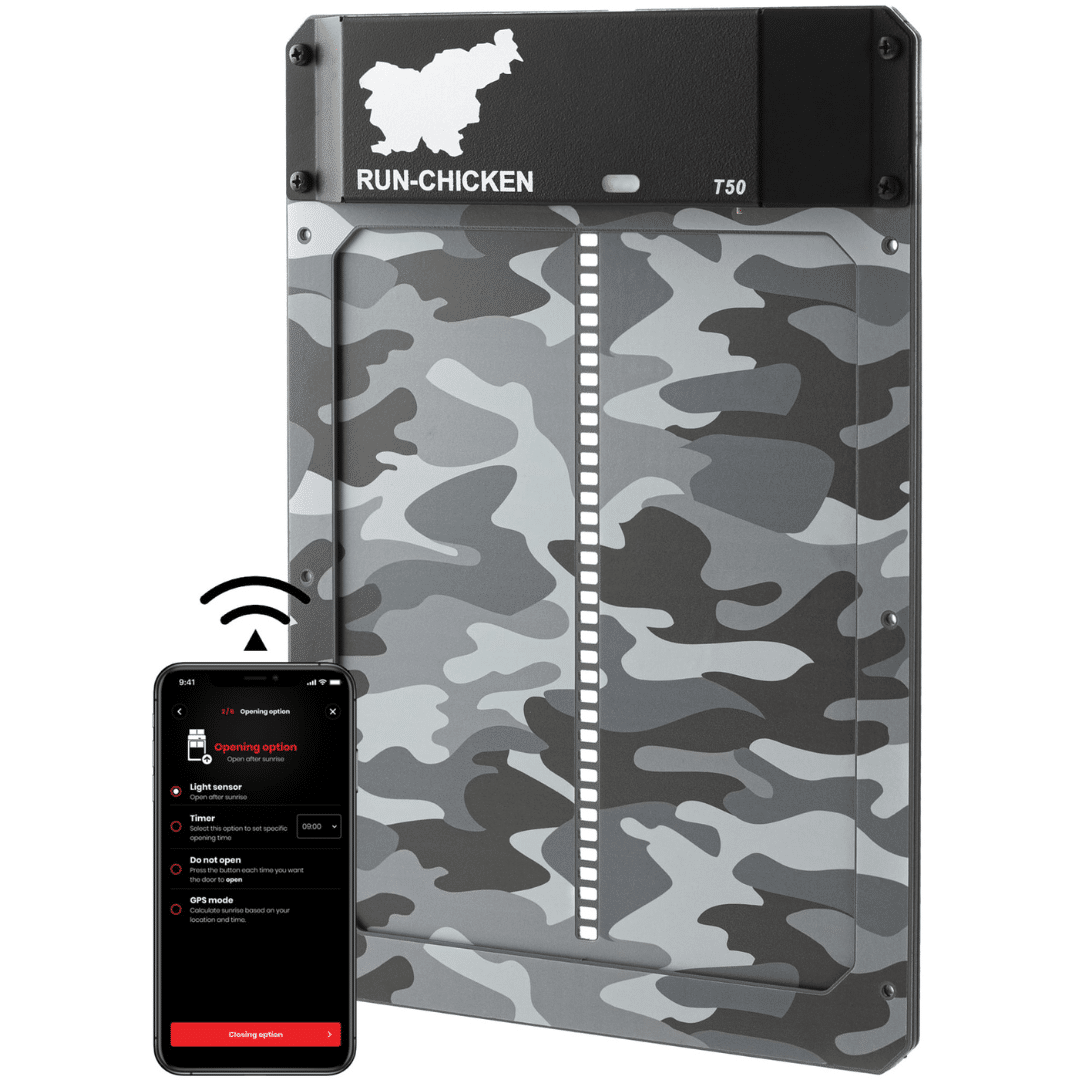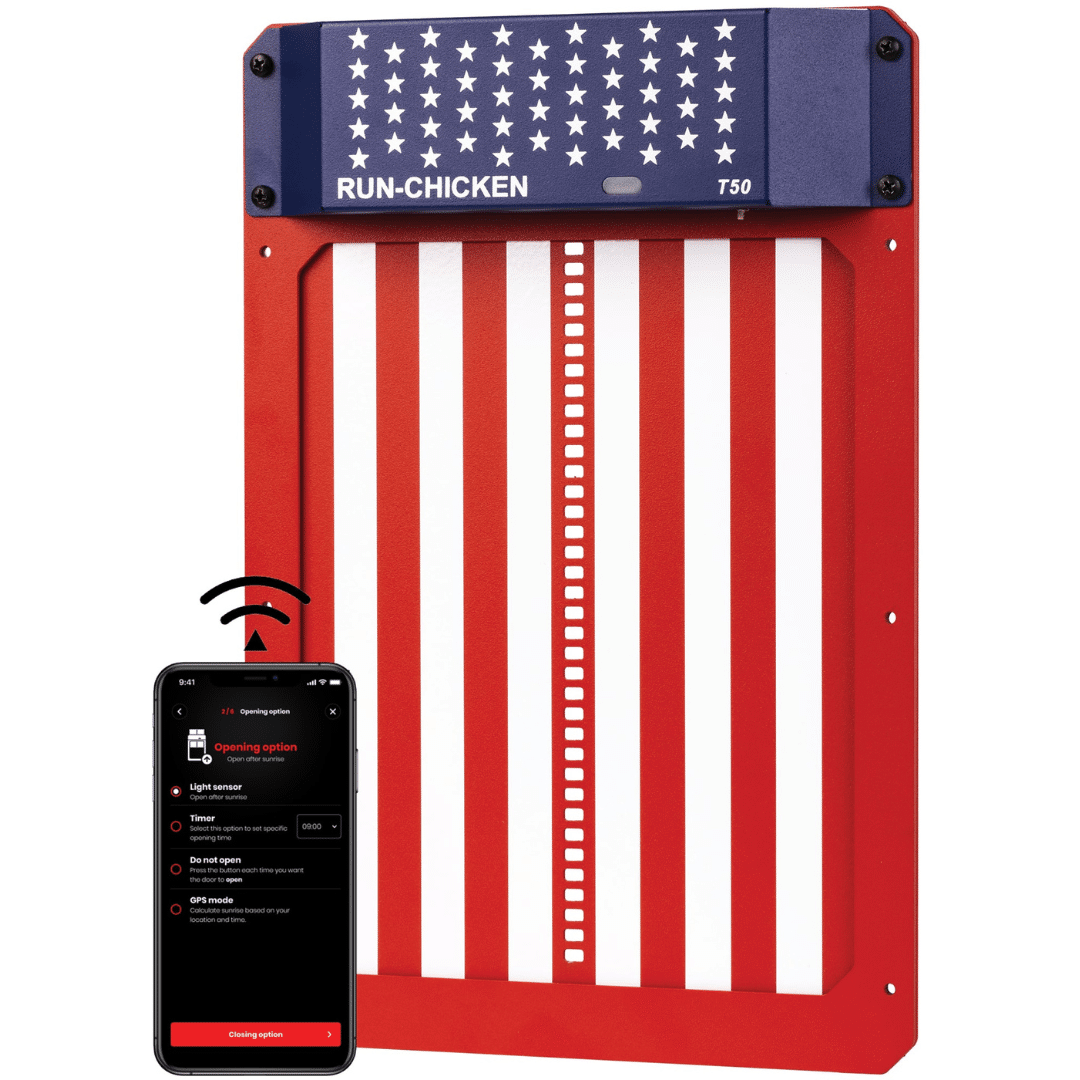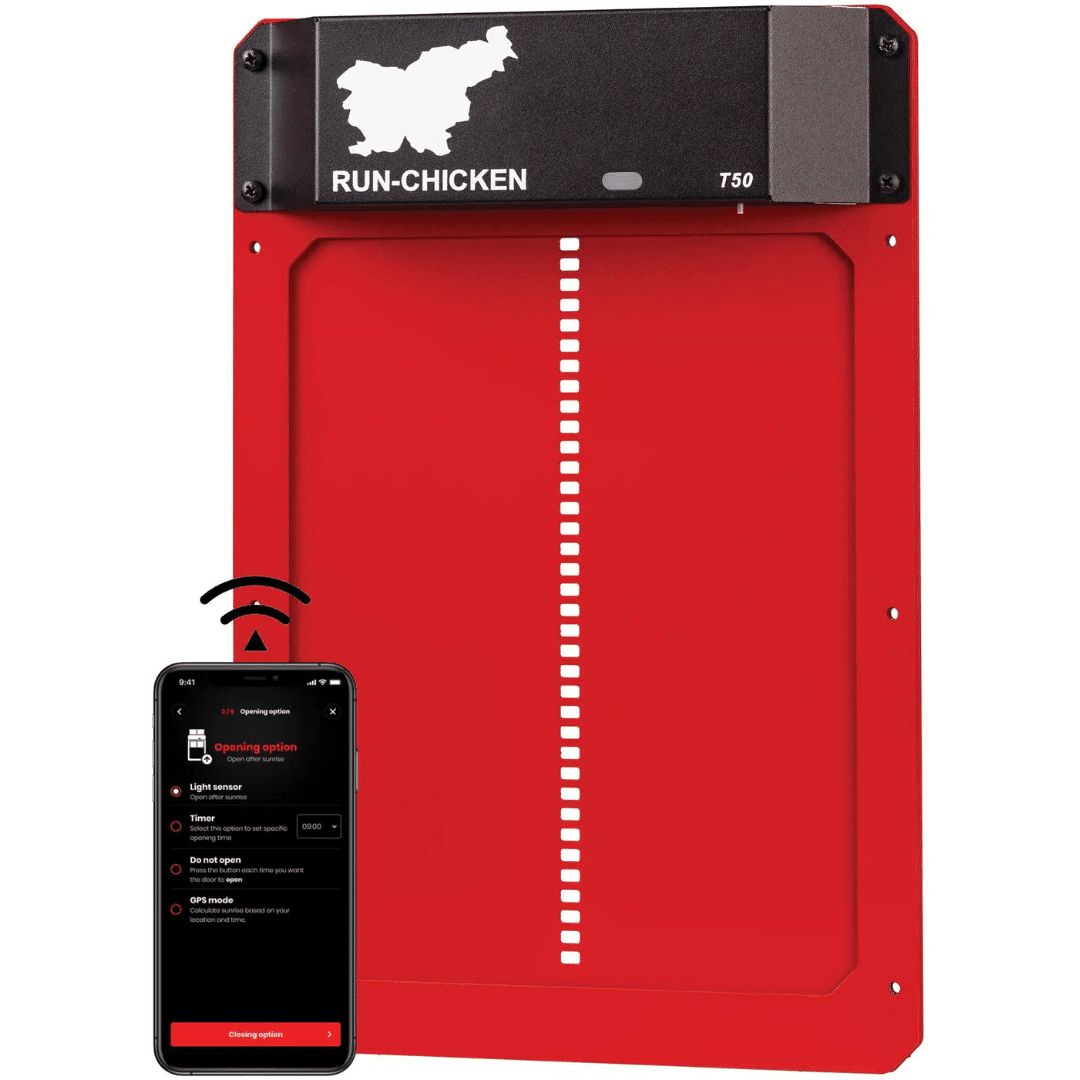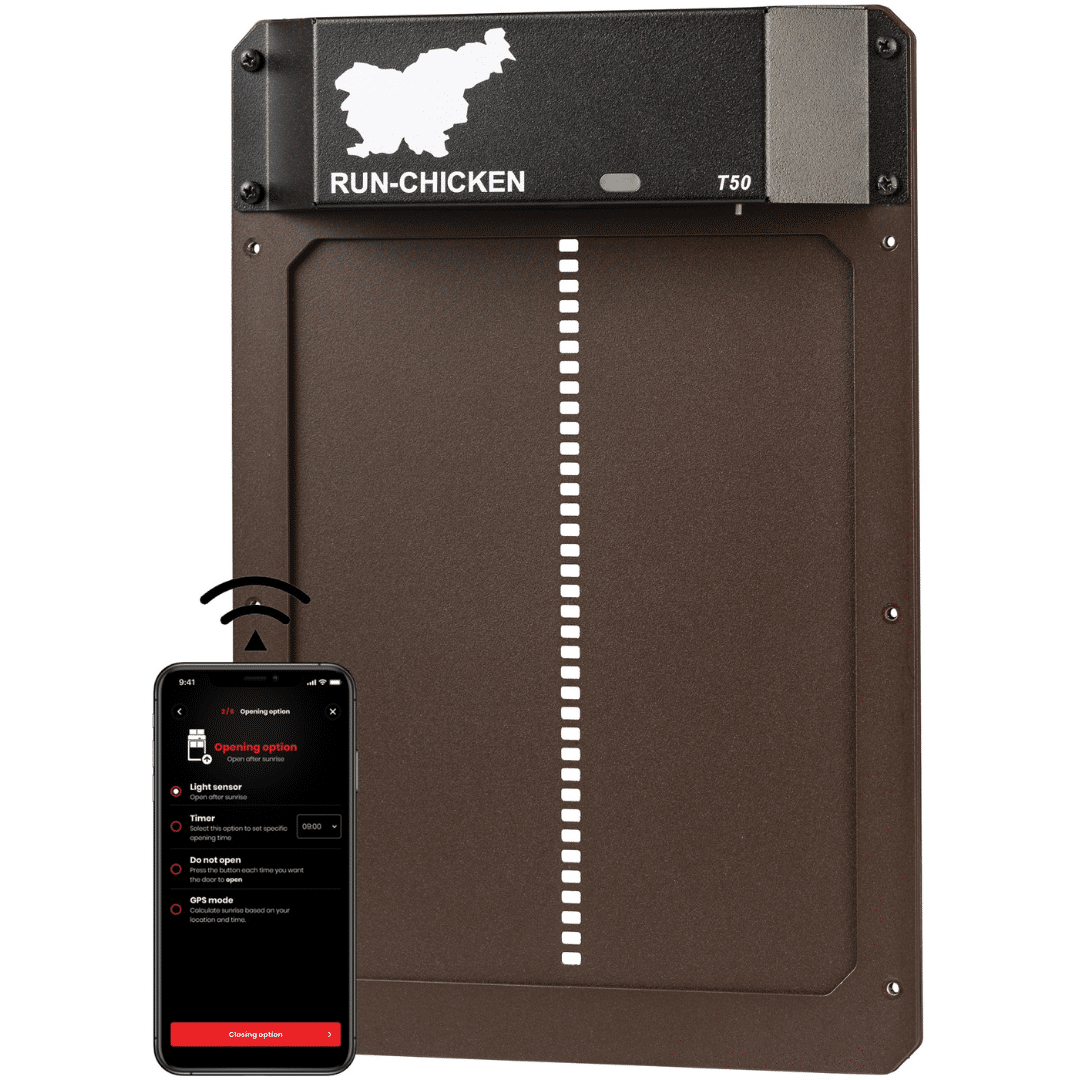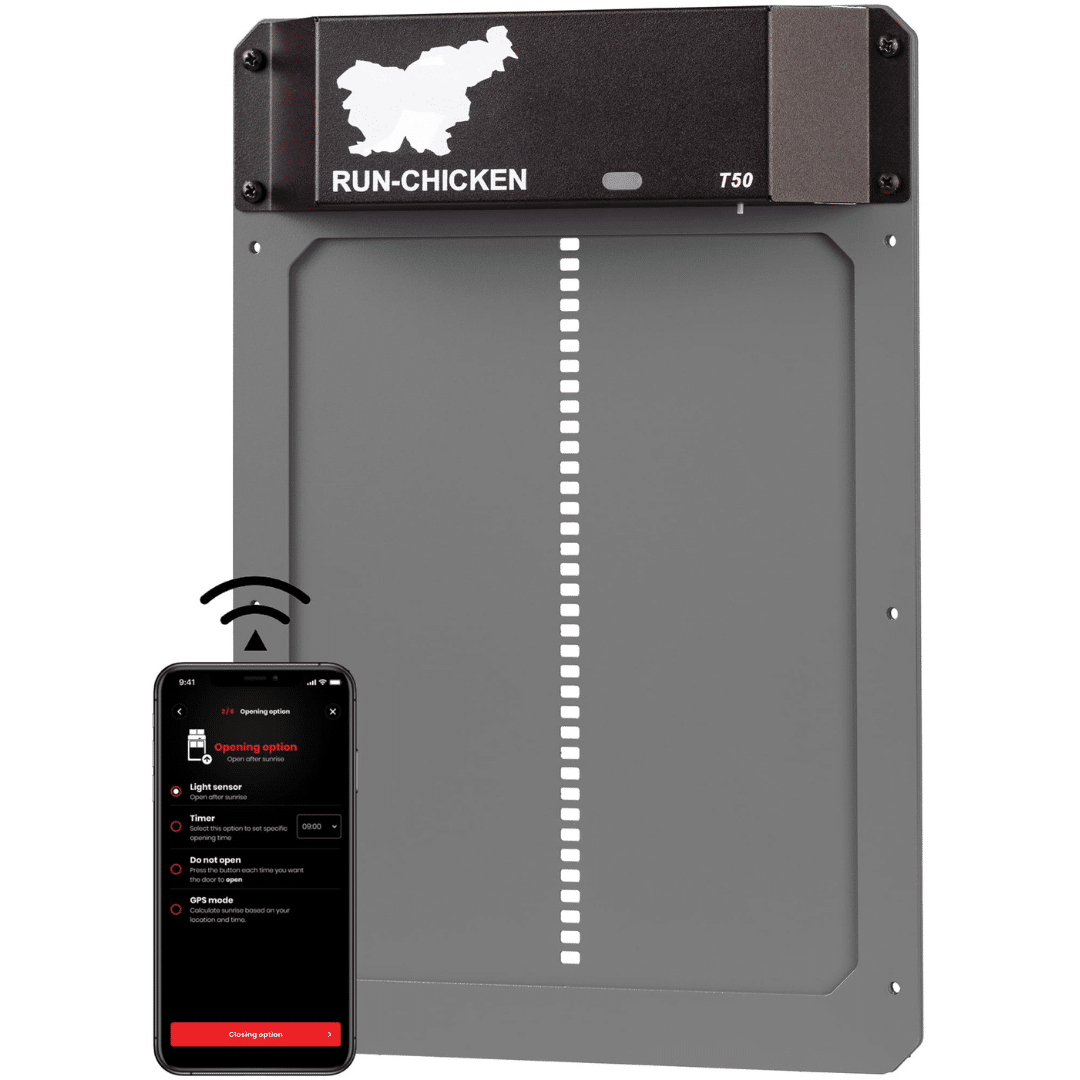Cannot keep your chickens warm in cold weather?
Here are some tips for chicken keeping in winter that might come in handy. You can also print out our checklists here to help you get organized when preparing your coop for winter weather.
In Autumn, our chickens lay fewer eggs. Some chicken keepers buy an artificial light to supplement the natural light, so the egg production extends. But you cannot fool a chicken. When chickens are ready to molt, they sometimes stop the egg production even if the light is prominent and even throughout the day. When your chickens are molting, you can also provide proper nutrition, so we recommend some dried mealworms, sunflower, and pumpkin seeds that are a great source of protein and support your chickens during molting. In addition, molting is a natural process that lets the chicken have new warmer feathers for the winter. So additional warming of the coop or insulation is not needed in the winter, but if your insulation is already poor, it is best to fix that problem before the winter cold seeps in.
Easy and efficient chicken keeping in cold weather
Wherever you and your chickens live, both of you acclimate to the weather around you. So, chickens adapt to gradual changes in temperature from season to season. A chicken’s complex thermoregulatory mechanisms allow it to survive and remain comfortable even in cold weather. Its average core temperature is 105 °F. Other mammals’ temperature is approximately from 97 °F to 103 °F. As a result, our cold feels and seems colder than the cold the chickens perceive. With a higher internal temperature than humans, chickens possess physical features and engage in behaviors that create and retain body heat much more quickly than humans. Also, burning calories generates heat. Chickens eat a lot more in cold climates and need to conserve that heat. But if they do not eat more in the winter, that does not mean you must provide even more food, so they do not get cold. They eat less because they don’t feel the cold and are full. It is more efficient and healthier for chickens to have a balanced and well-portioned diet. Overfeeding your chickens with fatty foods in the winter is not ideal because it can cause additional health problems later in their life.
Things chickens do to retain body heat in winter:
- Their internal mechanism retains blood flow to their combs, wattles, and feet, the parts of the body that dissipate excess heat in the summer months.
- They adjust their posture and position of standing to absorb more warmth from the sun and minimize heat loss.
- In cold and windy winters, they hunch over, tuck in their heads under wings and feathers, squat to cover their feet and huddle with other flock mates.
- Making goosebumps allows chickens to adjust the angle of their feathers for better enclosure of trapped air that then warms their bodies against their skin.
List to tick off when preparing your coop for winter weather:
- Look for drafts in the chicken coop to prevent cold seeping in! You can inspect your coop from the inside for any cracks that might appear. You can repair them with another piece of wood or other material so that the light and air cannot come through.
- Maintain excellent and efficient ventilation in your chicken coop! A seeping wind that is not necessary for your chicken coop can further minimize the heat from your coop. Make sure that your coop does not have any air leaks. If it does, seal them. If your coop is made of natural materials, you need to check your coop every season because wood and other raw materials breathe and stretch in ways that are not beneficial to chickens. If you prepared your chicken coop in summer for better ventilation, you should check your air holes and maybe seal them for winter. But be careful not to fill everything because some ventilation is needed for winter, too, so that moisture can escape and fresh air can still flow through the chicken coop.
- Add insulation if needed and where needed! Insulation is a crucial component for heat retention, so check your local hardware store for better quality insulation if the one you have doesn’t work, or you do not have one.
- Keep your coop clean and maintained to regulate temperature and humidity. Chickens generate a lot of body heat to keep warm. However, their internal heat is a little bit higher than ours. That’s why you can use dense materials to encapsulate the generated body heat inside. For example, you can implement the deep litter method for better floor insulation. If you have already set up something like that, you can also insulate the floor with straw or other decomposing material. If you are interested in composting more with the help of chickens, you can click here to read more. Note that whatever natural material you choose to have on the bottom of your coop will be only excellent and beneficial if carefully and adequately cared for by you. If not, it can increase humidity in the coop and promote illness and foul smells. For that reason, it is good to buy two thermometers for inside and outside to check for moisture and temperature so you can regulate your maintenance accordingly.
- Maintain the temperature of drinking water. Water is the source of life, and good liquid drinking water for your chickens is sorely needed in winter. So what to do when your water vessel freezes? How to prevent that? You can prepare by buying a heated waterer. You can also DIY one yourself using insulation or heated rods under the bowl of water. While chickens prefer to drink cooler water over warm water, they still cannot get through a layer of ice. Recommended water temperature is from 50°F to 72°F. You can also keep the water container inside the coop or in a run space you’ve created, especially for feeding and drinking during winter. That run can be slightly warmer than the outside, so potentially the water should not freeze. If you have a lot of time on your hands, you can also swap the frozen waterer for a fresh one every couple of hours.
Heat the coop or not heat the coop?
Some circumstances need a heated coop from the inside. Still, most climates do not do so. You are better off not heating your coop with artificial heaters because you can prevent fires, premature chicken molting, growth of bacteria, and other nuisances.
Warn of winter Chicken Predators!
Predators are more prevalent in the winter months. Food in the winter is scarcer for all of us, and so is for predators. As predators become desperate for food, make sure your locks are predator-proofed and that you lock your flock into the coop each night. Run-Chicken automatic coop door will beautifully assist with these troubles. Automatic chicken coop doors are great helpers in locking up the flock at night and opening them in the morning.
For more information on how to secure your coop, read 5 “must-haves” to make your chicken coop predator-proofed.
List to tick off when caring for your flock in winter weather:
Provide:
- Extra bedding. If you do not have enough bedding or if your bedding is poor, provide more in certain areas of the coop.
- Extra rooting spaces. All chickens tend to roost together and will fluff up their feathers to keep themselves warm. It would be best if you built your roost well above ground. Having access to a roost above the floor makes them feel secure and warm. Heated air travels up, and cold remains at the bottom. Every night for safekeeping, you should look if all chickens roost together, so no chicken is left alone and cold.
- Protected outdoor space on the sunny side of the coop. Areas outside the coop provide adequate exercise and sun exposure that also makes chickens warm on cold days. It also relaxes and aerates the coop removing the damp, heavy air when the chickens are out. You can buy or make a chicken run and then overlay it with a transparent or semi-clear sheet to protect the chickens from the elements and have enough daylight to keep them warm and alert. That’s how you can make a greenhouse effect. Do not forget the bedding, so the chickens’ feet are protected in snow or heavily frozen ground.
- Well-balanced nutrition in the form of heated food, high carbs, and fun treats. Heated food provides heat from the inside out when the chicken digests it. Chickens often don’t lay eggs during the winter. So next to the standard feed, you can provide them with more carb feed to stay warmer, because carbohydrates when digested, produce more heat and nutrition to non-egg laying chickens. After all, she is not laying eggs. You can also add supplements for chickens directly in their drinking water if they do not have constant access to green grass or grit.
- In and out of the coop entertainment. If your coop is spacious enough, you can entertain your chickens with treats hanging from strings so that chickens can peck at them. You can provide more roost in the form of ladders or hide dried insects so that the chickens can find them. When the grass is snowed or just frozen, you can scatter some hay or straw on the floor so the chickens do not get frostbite and are likely to go and peck outside.
- Treats. Especially cracked corn or scratch. So, if you give your flock treats before bedtime, they will be warmer. This helps to boost their metabolism so they can generate heat and produce eggs as they sleep.
- Use sunlight to trap heat. For example, see-through windows can trap the sun’s heat inside the coop. Heat is trapped inside the floor also, especially if you have dirt or a dark slab floor or use the Deep Litter Method.
- Make precautions against frostbite. In addition to maintaining a dry coop environment, also protect the combs and wattles of chickens with petroleum jelly, Vaseline, shea butter, or coconut oil to make a fine film that repels water and does not freeze their skin. If frostbite occurs in your chickens, you can still put the ointments mentioned earlier on it, but there is nothing else you can do. The affected tissue will turn black and will flake off. The chicken’s body will naturally heal under better conditions.
- If you have eggs, harvest them prematurely, so you do not let them freeze and crack and cause bacteria to grow in them. You can also test your eggs if they are fresh using the sniffing test.
If by any chance, you do not have a hens jet or would like to expand your chicken flock, you can also choose chickens that are suitable for winter climates. Recommended chicken breeds to have if you live in a colder climate. Recommended chicken breeds are Wyandottes, Speckled, Sussex, Rhode Island Red, Plymouth Rock, New Hampshire, Dominique, Delaware, Cochin, Buff Orpington, Brahma, Australorp, and Ameraucana. Typical chickens that sustain colder climates have small combs and wattles, making them less susceptible to frostbite. In addition, they have a lot more rugged bodies, which keeps them warmer. On the other hand, chickens with thinner beaks and giant combs live in more significant discomfort. Regardless of how hard you try to keep them warm, they struggle to thrive. An appropriate chicken breed is more manageable for your climate than working with poorly equipped chickens and substituting their natural advantages with warmers, artificial light, and heavy foods.
We hope our tips will be put to much use during winter for you and your flock. A little bit of planning and good management of cold can lead to a happier and healthier flock during winter and less worry for chicken keepers.

